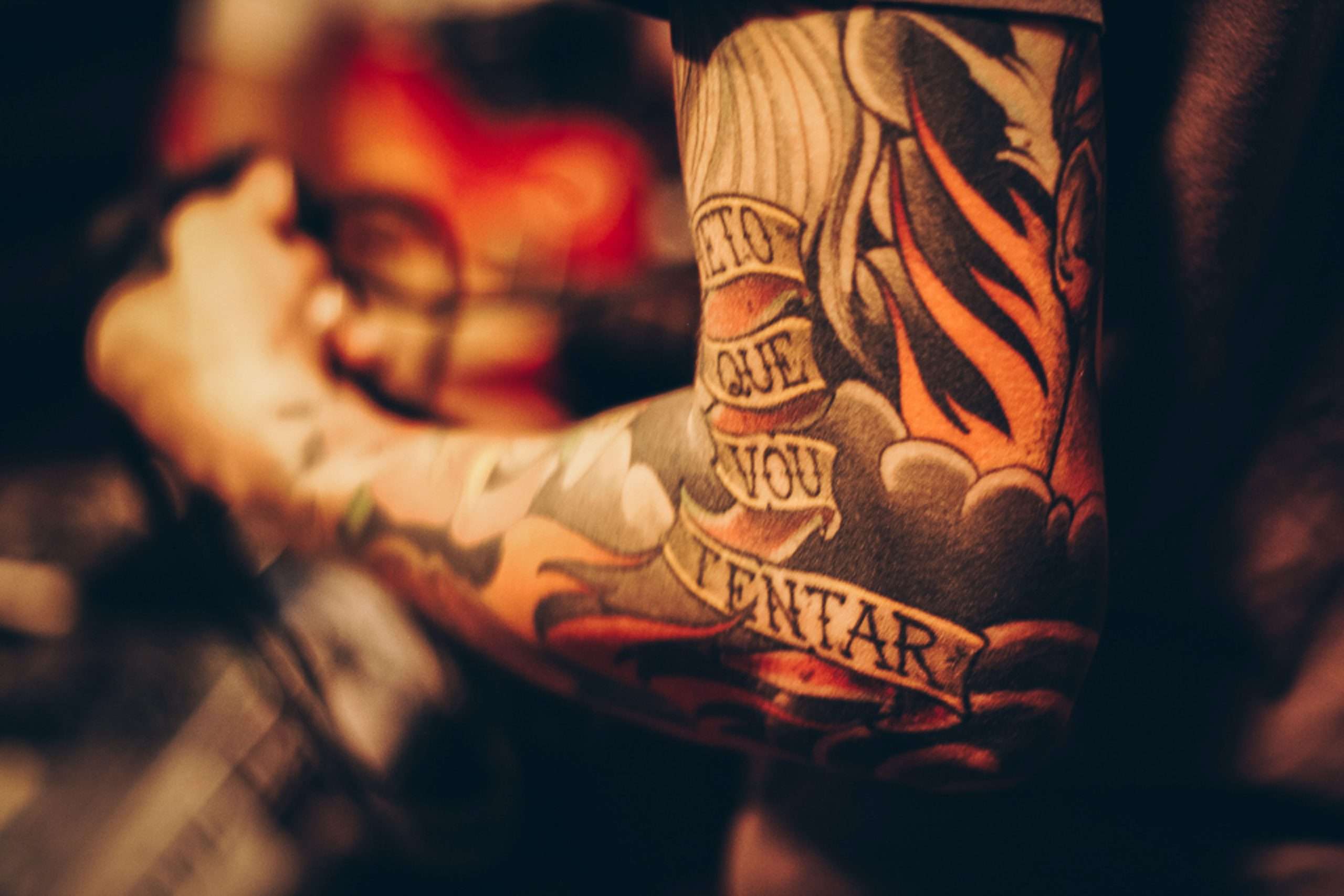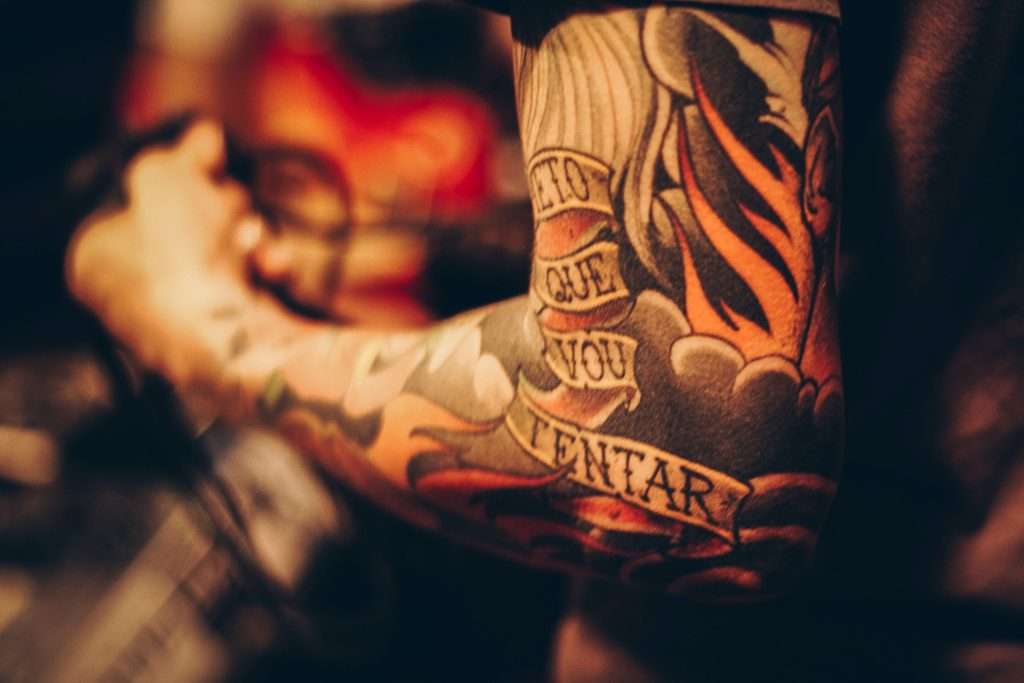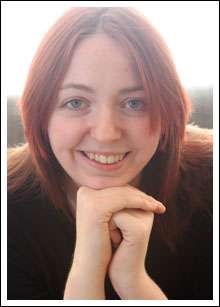We are upgrading our email system over this weekend (13th-14th of December). Please do not send us emails over this weekend as they may be at risk of getting lost.

For all things fantasy, horror, and speculative fiction
Announcement:

The Tattoo Theory of Horror
Dark fantasy writer Kit Whitfield explores the intersection of horror and fantasy as part of the BFS Spooktober 2023 campaign.

Put your claw in the air if you’re a horror lover or a scary artist.
Now put it down if you’ve never met a person – a nice person, a person you love – who gave you that look of polite reproach and said, ‘But … I don’t like being scared. Why do you do it?’
…Okay, that’s everyone’s claw still in the air.
I don’t even have the excuse that ‘horror is supposed to be scary.’ I’m one of those edge cases who frustrates booksellers by being unclear what genre shelf I should go on, but if I fit on any of them, it’s probably fantasy. Folk fantasy, tales-from-the-mists fantasy, but I love a happy ending and only my bad people get eaten and it says ‘fantasy’ on the tag, so there you go.
And yet. My fiery Black Dog has a flayed chest through which you can see his heart beating. My talking bushes savage you with vicious thorns. My cute giant creature is a talking spider, and while I loved it dearly, I have had brave souls tell me that they felt that cold scuttle along the hairs of their nape. As a consumer I head to the horror section before I check out the fantasy, and as a writer, if I’m not allowed to be a little upsetting I’m going to get more than a little upset. I love scary stuff, and I love scary-stuff fans.
Film critic Mark Kermode has joked that the horror movie industry is where you meet the nicest people, and horror writers are a lovely bunch. So if we’re all so harmless, why do we do it?
Consider the tattoo.
Pick your pattern and lie in the chair. An artist is going to stab you about a hundred times per second, probably for a lot of hours. It’s gonna hurt. You may seep. Why are you doing this to yourself?
Well, because pain is how we get the art under our skin.
I still remember my first deep shock: it was the swivel-chair moment in Psycho. I was the pre-adolescent child of liberal parents who cared more if it was a classic than if it was frightening, and when I say I remember, I mean I remember. I remember where I was sitting the room and the ice-bomb that exploded in my chest. I remember moving closer to the fire to warm away the fear. I remember the dark shadows behind the door as I walked down to dinner.
I remember.
The haunted trip to the bathroom after my new boyfriend and I entertained each other with M.R. James stories in bed. The queasy dislocation from reality that I felt as I looked up from my first encounter with Junji Ito. The Angela Carter forests that close upon their heroine ‘like a set of jaws’ and swallowed me right down with them. These aren’t things I read; they’re things that happened to me. They were painful in their way – but I can tell you where I was, what the weather was like, how I was sitting, everything about the edge between me and the safe, normal world, and how those fearful stories made it shimmer.
They hurt going in, those pieces of art, but then they were part of me forever. I carry them with me. They put beautiful pictures under my skin.
I love what fantasy can do, because it can do, well, anything. You can invent a world as wide as heaven and fill it with thriving wonders. But to me, if there isn’t just a little spice of fear in it – if there isn’t a sharp edge somewhere amidst the gleam – then it isn’t wonderful.
Magic comes from a numinous place; it makes you see the world as if it were new-made. And fear is a teacher: a frightful experience stays in your memory, always new. It has to: if you don’t take the point after you meet your first lion, then you’re just calories walking. But because of that, horror has a very direct line to the part of your brain that understands the marvellous, the beautiful, the revelatory. We jump and gasp, and we open our eyes just a little bit wider – and the light comes in. The darkness too, of course – the gorgeous, teeming, unforgettable darkness – but also the light.
Featured image by Matheus Ferrero on Unsplash
